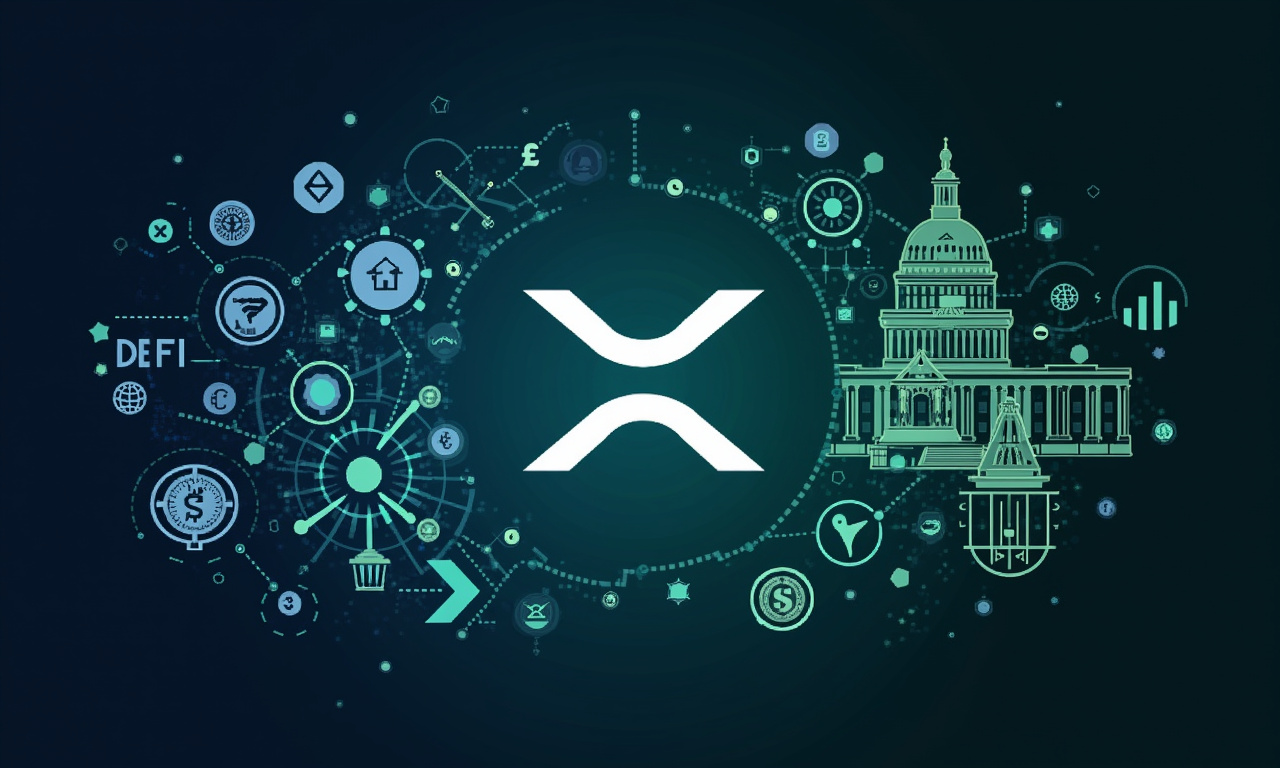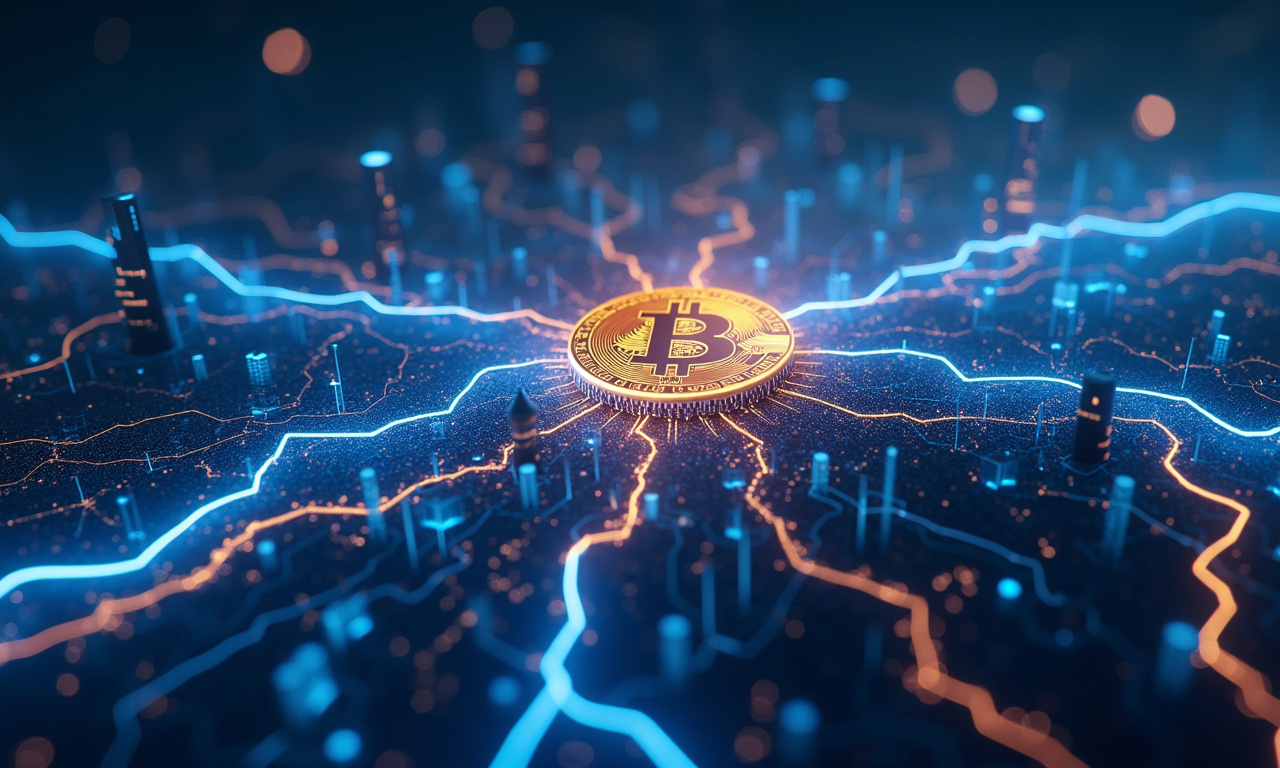XRP. It’s a name that gets blood boiling on the other side of the aisle in crypto. Bitcoin basks in its glory as the world’s first “digital gold” asset and Ethereum paves the path for the adoption of smart contracts. In contrast, XRP currently hangs in purgatory, trapped between tantalizing DeFi potential and growing regulatory ambiguity. You’re probably tuning into the video trends, spotting that remix range. But are you truly reading between the lines to understand what it’s saying?
Regulatory Clarity: Catalyst or Kryptonite?
Let's be frank. As long as the SEC lawsuit continues to hang over XRP like a Damoclean sword. The outcome will fundamentally reshape XRP's trajectory. A positive ruling may set a precedent that XRP is a commodity and not a security. This shift has the potential to create a tidal wave of institutional investment and supercharge its adoption across DeFi protocols. Think of it: faster, cheaper cross-border payments fueling decentralized lending platforms, powering synthetic asset creation, and enabling a new wave of financial innovation.
What if the sword falls? What if the SEC prevails? The consequences could be dire. With intended effect, US exchanges will now likely delist XRP, crippling nationwide liquidity and access. But institutional investors would understandably take a step back, worried about the subsequent regulatory backlash. XRP’s DeFi dreams can be crushed before they even leave the ground. Keep in mind that anxiety and fear are strong motivators. Now multiply that by the fear of regulatory backlash causing you to avoid investing in something with this much potential.
The stakes are bigger than just Ripple’s legal battle. It’s less about the specific rules and more about the overall regulatory environment for cryptocurrencies. This is classic regulation by enforcement, most often condemned for the uncertainty it creates that chills innovation and growth. What we do need are transparent market creating rules of the road, not ad hoc declarations that chill the growing DeFi landscape. This continued injustice and unfairness should make you just as apoplectic!
DeFi's Untapped Potential: XRP's Redemption?
Here's where things get interesting. Even with some regulatory headwinds included, XRP has several one-of-a-kind qualities that might still make it the most valuable asset within the DeFi ecosystem. Its speed and low transaction costs, although no longer revolutionary, remain competitive. Yet its deep, extensive network still provides it with a critical advantage. Additionally, the brand recognition differentiates it from many smaller, unknown cryptocurrencies that are vying for DeFi adoption.
Consider this: XRP could become a bridge between traditional finance and the decentralized world. Imagine a world where your bank or financial institution uses XRP to make cross-border payments in seconds. They’re going to use decentralized exchanges, largely avoiding the traditional slow and expensive correspondent banking system altogether. This kaleidoscopic idea has the potential to transform global trade and finance.
Using XRP in DeFi protocols does have its complications. Its consensus mechanism is unlike Ethereum’s Proof-of-Stake, requiring developers to create tailored solutions to ensure smart contract compatibility. Scalability and security are paramount concerns. What scientists learned about blockchain interoperability might surprise you. It’s a funny blockchain interoperability story in progress.
The current period of consolidation oscillates between $2.7 and $3.4. Whether it’s calling for broad regulation or embracing self-regulation, this nascent movement underscores a volatile tug-of-war between regulatory uncertainty and the promise of DeFi. That liquidity sweep over $3.4? A painful reminder of market manipulation and the dangers at play in this highly speculative arena. Caution is key, but so is vision.
Beyond the Charts: A Call for Clarity
Ultimately, XRP's fate hinges on regulatory clarity. We need a pragmatic framework that enables innovation to thrive while ensuring investor protections. The SEC's current approach is akin to trying to regulate the internet in the 1990s – it's shortsighted and ultimately counterproductive.
Clarity benefits everyone. It puts the power into investors’ hands to make informed decisions, facilitates greater innovation in the space, and creates a more even playing field amongst all players. Without it, we risk choking off the innovation that DeFi can bring. This would greatly undermine efforts to create a more efficient, inclusive American financial system.
So, where does XRP go from here? Will it truly be a DeFi springboard, or regulatory quagmire? The response, my friends, lies far outside the graphs. It exists in the bold, forward-looking choices of regulators and in the innovative, flexible approaches of attentive developers. Now, it’s time for them to act and do what is best and appropriate to help shape the future of XRP. It’s high time for you to start demanding that clarity, to show your civic values through your willingness to support smart regulation and smart innovation. This is more than just XRP, this is about the future of finance. Don't just watch, participate.




